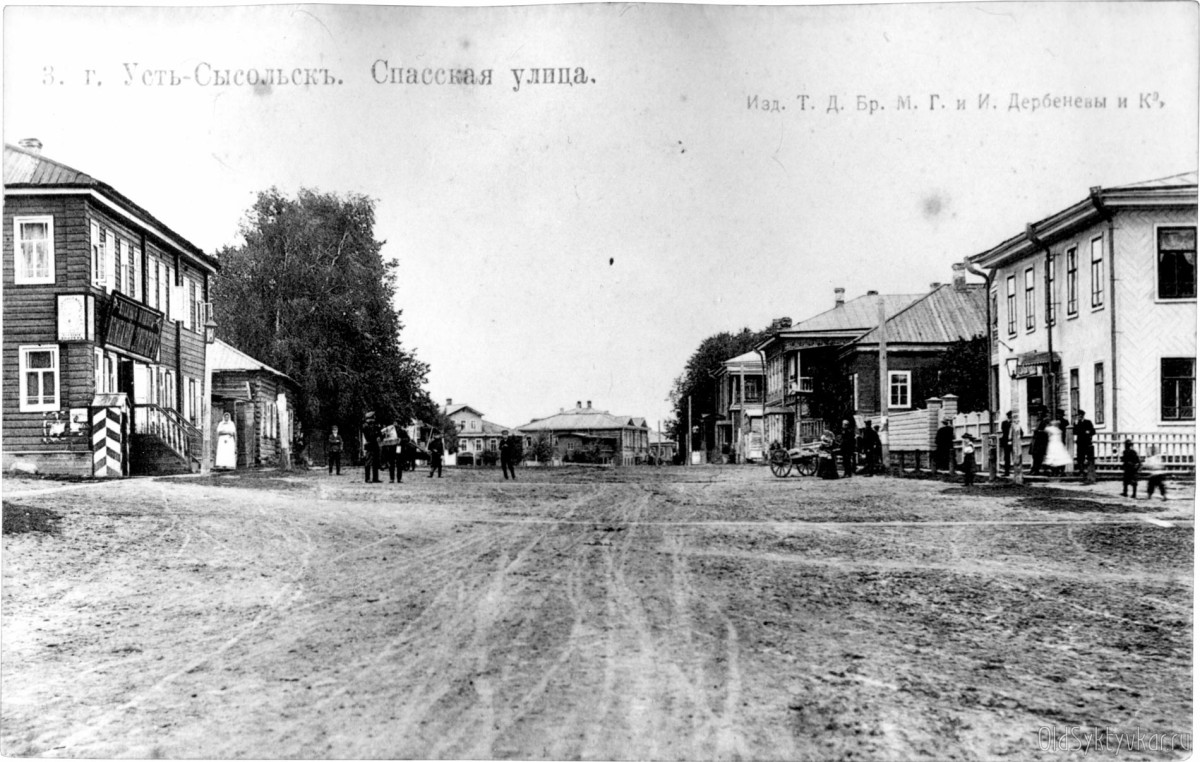
History of the Komi Republic
Origin of the name of the people
The Komi-Zyryans and the Komi-Permyaks are two peoples related in origin, culture, and language. The self-name of these peoples, Komi, originates from the ancient Permian word “koma, kom” that means “man, human”. Thus, “komi” is “people, nation”.
In the Middle Ages, the Komi peoples were known as the people of Perm, and the lands where they lived were called Perm Vychegodskaya (the modern Komi Republic) and Perm Velikaya (the modern Perm Region).
Rich history of the people
On August 22, 2021, the Komi Republic celebrated its centenary. However, this does not mean that it did not exist until 1921. It celebrated the centenary only as an administrative unit that was formed as the Komi Autonomous Region in 1921 and renamed the Komi ASSR in 1936. The real age of the region is over 1,000 years. The earliest mention of the Komi, as the Perm, is found in the annals of 967. As for the most ancient site of prehistoric people located on the territory of the present-day republic, the Mamontova Kurya on the Usa River, it existed 36,000 years ago, when herds of mammoths roamed the Earth. The mass settlement of the aforementioned area began in the end of the 9th millennium BCE. Perhaps, in that era, distant ancestors of the Komi and other Finno-Ugric and Samoyedic peoples lived here.
In ancient times, “Perm” was the name of the people that inhabited the area stretched from the Vychegda River to the Ural Mountains, there is a mention of it in “The Tale of Bygone Years”. The ethnic territory of the direct ancestors of the Komi, known as the Perm Vychegodskaya, took shape in the 10th-11th centuries. During this period, the Komi settled the valleys of the Vychegda, Sysola, Vym, Luza, Sukhona, Dvina, Pinega, Vashka rivers. Six centuries later, the Komi reached the Upper Vychegda and Pechora basins.
Formation and development of the culture
In the 14th century, the pagan ancestors of the modern Komi were christianized and the region became part of the Moscow state. In 1379, a native of the city of Veliky Ustyug, half Russian and half Zyryan missionary Stephen of Perm began to enlighten the peoples of the Komi. Four years later, he became the first bishop of the newly established Perm eparchy centered in the village of Ust-Vym, created the first Komi alphabet known as Anbur, and translated the most important church texts into the Komi language. However, Stephen’s system of writing was not widely used among the Zyryans, who were mostly illiterate, and history has not preserved it. The monuments of the ancient Permian writing that have come down to us contain only about two hundred words. But on the other hand, history has preserved many legends describing Stephen of Perm performing miracles and defeating pagan Zyryan sorcerers.
The 15th century marked the beginning of the formation of most ethnographic groups of the Komi: the Lower Vychegdians (Ezhvatas), Vymichs (Emvatas), Priluzians (Luzsayas), Sysolians (Syktylsayas), Udorians (Udoras). During 1567-1576 Izhma settlement arose and the Izhma river basin was first inhabited, initiating the formation of one of the most distinctive ethnographic groups of the Komi, the Izhmians (Izvatas). It is descended from the three peoples: Russians, Komi and Nenets. From the latter, the Izhmians adopted reindeer breeding. Later they turned it into an industry that spread to the territories of present-day Khanty-Mansiysk and Salekhard. Subsequently, the rich clans of reindeer herders had a huge influence in the north, and the Izhma merchants introduced the most advanced technologies of the time in their homeland. The Izvatas were educated and open to everything new. Women of the people followed fashion; it is enough to say that during the wedding, an Izhmian bride changed seven outfits, each of which was extremely rich, embroidered with river pearls, brocade, and silk.
In the 18th century, the land of the Komi became known to readers of Daniel Defoe’s “The Further Adventures of Robinson Crusoe”, where the main character visits Vestima (Ust-Vym) on the Vychegda River.
Today Komi is called the homeland of oil. For the first time in history of Russia it was found on the Ukhta river in 1745 by Fyodor Savelyevich Pryadunov. He was also the first to launch an oil facility here.
In 1780, the first city appeared in the Komi region. By the decree of Catherine the Great, the village of Ust-Sysola was organized into the town of Ust-Sysolsk. Since then, it has been the capital of the region. Its final farewell with its rural past happened in 1930, when it received its modern name Syktyvkar.
Modern period
Until 1917 more than 90% of the region’s total population were Komi. After the October revolution that resulted in the growth of mobility of Russia's citizens, representatives of other nationalities began to come to the area. However, the overwhelming majority of the first non-Komi inhabitants of the region ended up in the north not by choice but by sad circumstances related to the functioning of the Gulag system. The further industrial development of the Komi Republic and the increase of its population are also largely the result of mass repression. Now representatives of more than 130 nationalities live on the territory of the region. 65.1% of its today’s total population is Russian, Komi make up 23.7%.
In the early 1930s, large coalfields were discovered on the territory of the Komi Republic. The first mining operations began in Vorkuta during the Great Patriotic War.
In 1992, the Komi Republic became the first national territorial subject of the Russian Federation to adopt its own law on the state languages, according to which both of them, Russian and Komi, had equal status. The current constitution of the region was enacted on February 17, 1994. In May of the same year, elections of the first head of the Komi Republic were held. They were won by Yuri Alekseevich Spiridonov.